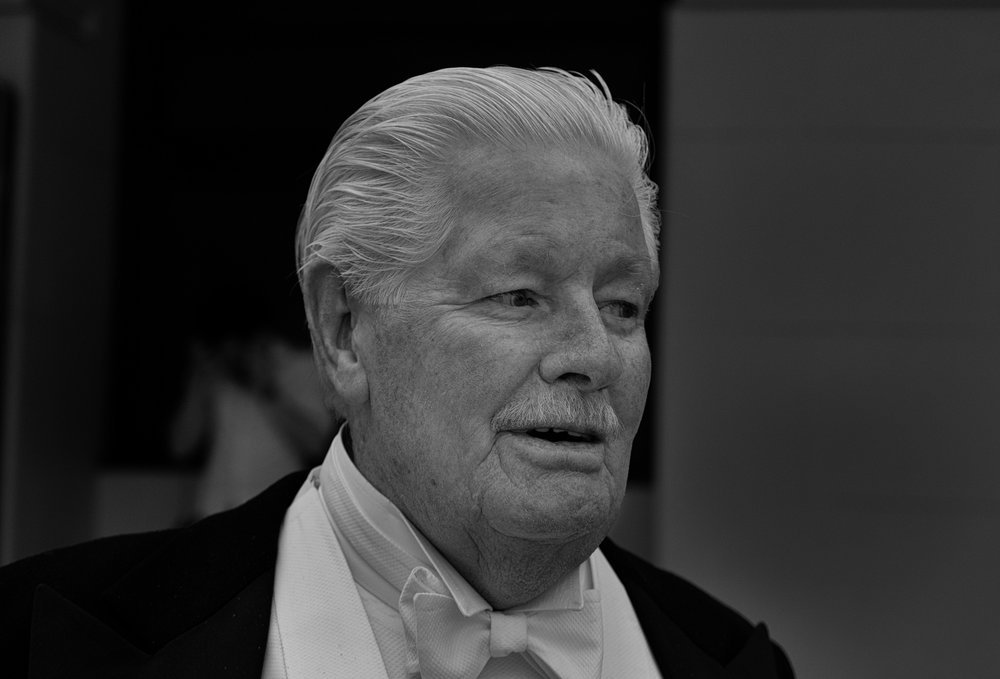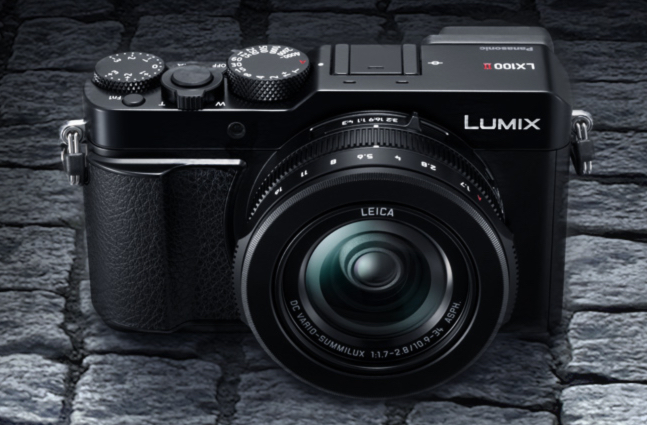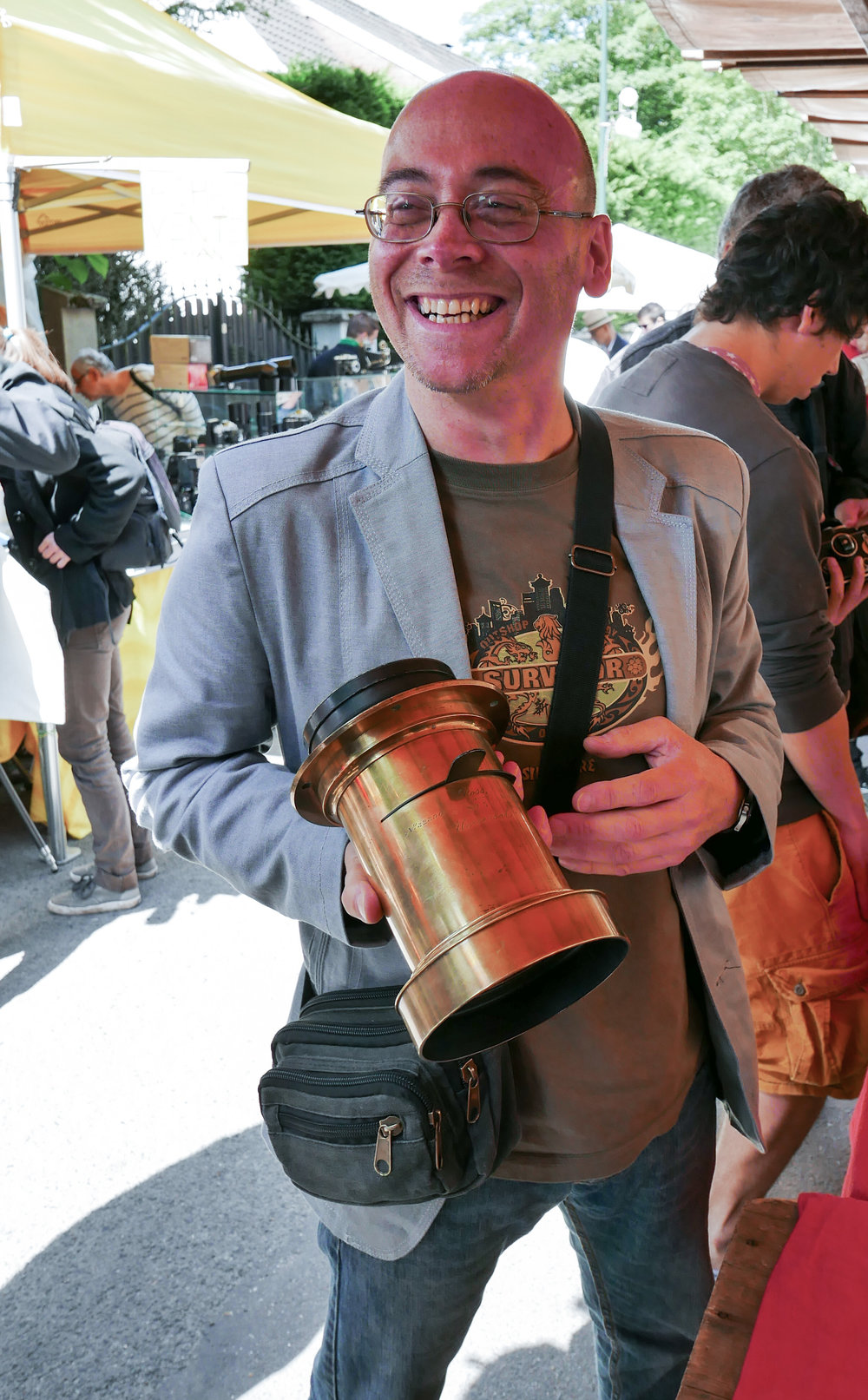
The Panasonic LX100 Mk.II has been out in the wild for some months and we all know that it’s only a matter of time before it is joined by a Leica version, the D-Lux 7 or whatever it will be called. The birth process is protracted, but I would be very surprised if we reach Christmas without seeing the D-Lux replacement on dealer’s shelves. It will make a good little present, although, sadly, I will be surprised if it comes in at under £1,000.
Only today I saw an LX100 II on sale in Camera World for £849 (there are other offers down to £735 listed here) so the new Leica, with the inevitable premium, is hardly likely to cost less than £999. Even so, it will sell well because buyers are willing to pay that extra for the perceived better after-sales service, the cachet of the red dot and (much more sensibly) the increased resale value with a reduced full-life cost.

Over the past couple of years there has been an inexorable rise in camera prices, not just those from Leica. What used to be the sub-£1,000 micro four-thirds workhorse from Olympus or Panasonic is now the sub-£2,000 body. But the surprising thing is that cheaper sensor costs have brought the prices of full-frame cameras such as the a7III and some newcomers, almost down to the same levels. No doubt they now represent quite good value for money.
If you own the current D-Lux, should you upgrade when the new model comes along? I’m not all that sure; and I could even make a case for buying the old model once prices settle down. The new camera has a bigger sensor and better autofocus among other improvements but, in the real world (as we’ve discussed in relation to the now-discontinued Leica X models) this isn’t such a big deal for most people.

In reality, the LX100 II is a modest upgrade, perhaps proving that the LX100 was pretty much right from the outset. We’ll have to wait a long time for a Mk. III version, that’s for sure. So if you already own a D-Lux 109, I’d stick with it for now. If you are entering the market, though, the new model is probably worth waiting for. Or just buy a used 109 at the right price once the new model arrives — there will be a lot of up-trading and, consequently, prices of the current 109 will fall.

D-LUX109 is a good travel camerca for me, as backup or otherwise. I will not upgrade for the moment.
I only just bought mine having had a used Lumix original. It is a back up come small in the pocket for anywhere camera that performs admirably. I won’t be upgrading because I don’t need anything "better" in a compact camera.
It is a no-brainer for me. The existing model is a very versatile little camera with top-quality performance and results. Socially it is my first choice. Travel – it is often my backup/companion camera to a bigger brother. A quick close-up around home – my D Lux T.109 (sack the man who dreamt up this nomenclature) is always ready and present.
Build quality is superb. Fast Summilux lens superb. Zoom range is good enough for most of my everyday subjects. Battery life excellent. Why, why oh why should I upgrade?